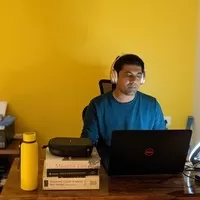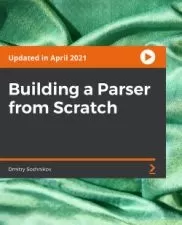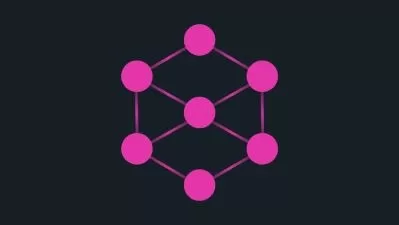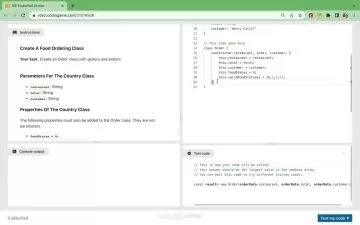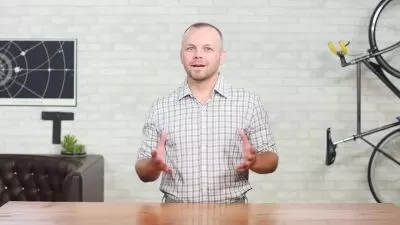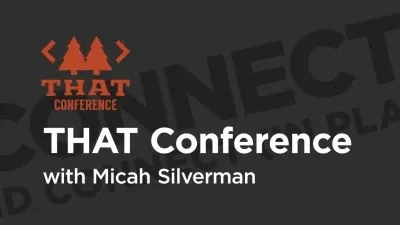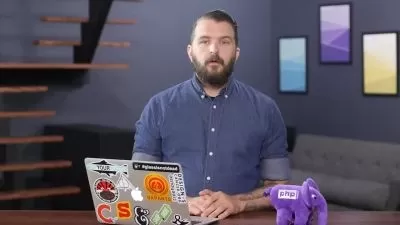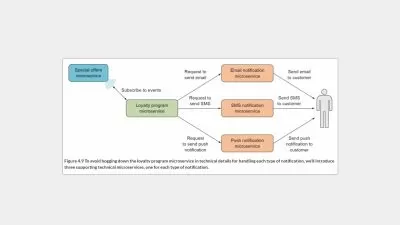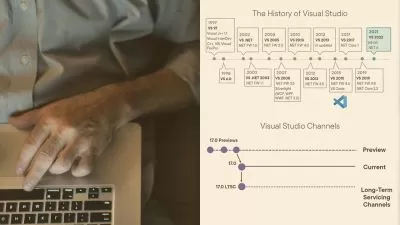VSD - TCL programming - From novice to expert - Part 2
Kunal Ghosh
5:01:31
Description
The Conclusion
What You'll Learn?
- Build TCL scripts on their own from scratch
- Build their own UI (user-interface)
- Build their own procs and commands
Who is this for?
What You Need to Know?
More details
DescriptionAs promised, again, TCL Programming - Part 2 course has been pre-launched with 5 videos. Many more to come, as always.Â
This course is a unique mixture of TCL programming being used in manipulating output EDAÂ tools, creating EDA commands (like call_timer, read_sdc, and many more) and generating output timing summary report. The concept of this course can be extended to create any command, moreover, create any kind of UI you wish to.
Certain per-requisites are necessary for this course i.e. you need to complete TCL programming - Part 1 course, atleast 50% to enjoy this course to the fullest. As with my other courses, I am very sure, this course will also be one of "Best-Sellers".Â
I can guarantee you, this time, your ride with this course will be more memorable one, as its a "first-of-its-kind" "state-of-the-art" unique blending of TCL with EDA. So ride along, and enjoy while learning. More videos are on its way, stay tuned....
Who this course is for:
- Anyone who wishes to build his/her UI and learn TCL programming from basics
- Anyone who wants to learn basics of RTL synthesis
- Anyone who wants to learn basic programming algorithm and data flow
As promised, again, TCL Programming - Part 2 course has been pre-launched with 5 videos. Many more to come, as always.Â
This course is a unique mixture of TCL programming being used in manipulating output EDAÂ tools, creating EDA commands (like call_timer, read_sdc, and many more) and generating output timing summary report. The concept of this course can be extended to create any command, moreover, create any kind of UI you wish to.
Certain per-requisites are necessary for this course i.e. you need to complete TCL programming - Part 1 course, atleast 50% to enjoy this course to the fullest. As with my other courses, I am very sure, this course will also be one of "Best-Sellers".Â
I can guarantee you, this time, your ride with this course will be more memorable one, as its a "first-of-its-kind" "state-of-the-art" unique blending of TCL with EDA. So ride along, and enjoy while learning. More videos are on its way, stay tuned....
Who this course is for:
- Anyone who wishes to build his/her UI and learn TCL programming from basics
- Anyone who wants to learn basics of RTL synthesis
- Anyone who wants to learn basic programming algorithm and data flow
User Reviews
Rating
Kunal Ghosh
Instructor's Courses
Udemy
View courses Udemy- language english
- Training sessions 35
- duration 5:01:31
- English subtitles has
- Release Date 2023/08/25





